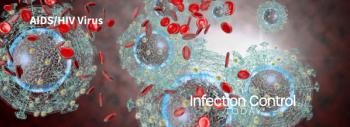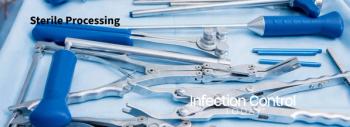
Preoperative Oral Antibiotic Prophylaxis Reduces Pseudomonas aeruginosa SSIs
Healthcare-associated infections caused by Pseudomonas aeruginosa are associated with poor outcomes. However, the role of P. aeruginosa in surgical site infections after colorectal surgery has not been evaluated. The aim of this study was to determine the predictive factors and outcomes of surgical site infections caused by P. aeruginosa after colorectal surgery, with special emphasis on the role of preoperative oral antibiotic prophylaxis.
Out of 3701 patients, 669 (18.1%) developed surgical site infections, and 62 (9.3%) of these were due to P. aeruginosa. The following factors were found to differentiate between P. aeruginosa surgical site infections and those caused by other microorganisms: American Society of Anesthesiologists’ score IIIâIV (67.7% vs 45.5%, p?=?0.001, odds ratio (OR) 2.5, 95% confidence interval (95% CI) 1.44â4.39), National Nosocomial Infections Surveillance risk index 1â2 (74.2% vs 44.2%, p?<?0.001, OR 3.6, 95% CI 2.01â6.56), duration of surgery =75thpercentile (61.3% vs 41.4%, p?=?0.003, OR 2.2, 95% CI 1.31â3.83) and oral antibiotic prophylaxis (17.7% vs 33.6%, p?=?0.01, OR 0.4, 95% CI 0.21â0.83). Patients with P. aeruginosa surgical site infections were administered antibiotic treatment for a longer duration (median 17 days [interquartile range (IQR) 10â24] vs 13d [IQR 8â20], p?=?0.015, OR 1.1, 95% CI 1.00â1.12), had a higher treatment failure rate (30.6% vs 20.8%, p?=?0.07, OR 1.7, 95% CI 0.96â2.99), and longer hospitalization (median 22 days [IQR 15â42] vs 19d [IQR 12â28], p?=?0.02, OR 1.1, 95% CI 1.00â1.17) than those with surgical site infections due to other microorganisms. Independent predictive factors associated with P. aeruginosa surgical site infections were the National Nosocomial Infections Surveillance risk index 1â2 (OR 2.3, 95% CI 1.03â5.40) and the use of oral antibiotic prophylaxis (OR 0.4, 95% CI 0.23â0.90).
The researchers conclude that surgical site infections due to P. aeruginosa are associated with a higher National Nosocomial Infections Surveillance risk index, poor outcomes, and lack of preoperative oral antibiotic prophylaxis. These findings can aid in establishing specific preventive measures and appropriate empirical antibiotic treatment.
Reference: Gomila A, et al. Preoperative oral antibiotic prophylaxis reduces Pseudomonas aeruginosa surgical site infections after elective colorectal surgery: a multicenter prospective cohort study. BMC Infectious Diseases. 2018;18:507
Newsletter
Stay prepared and protected with Infection Control Today's newsletter, delivering essential updates, best practices, and expert insights for infection preventionists.






